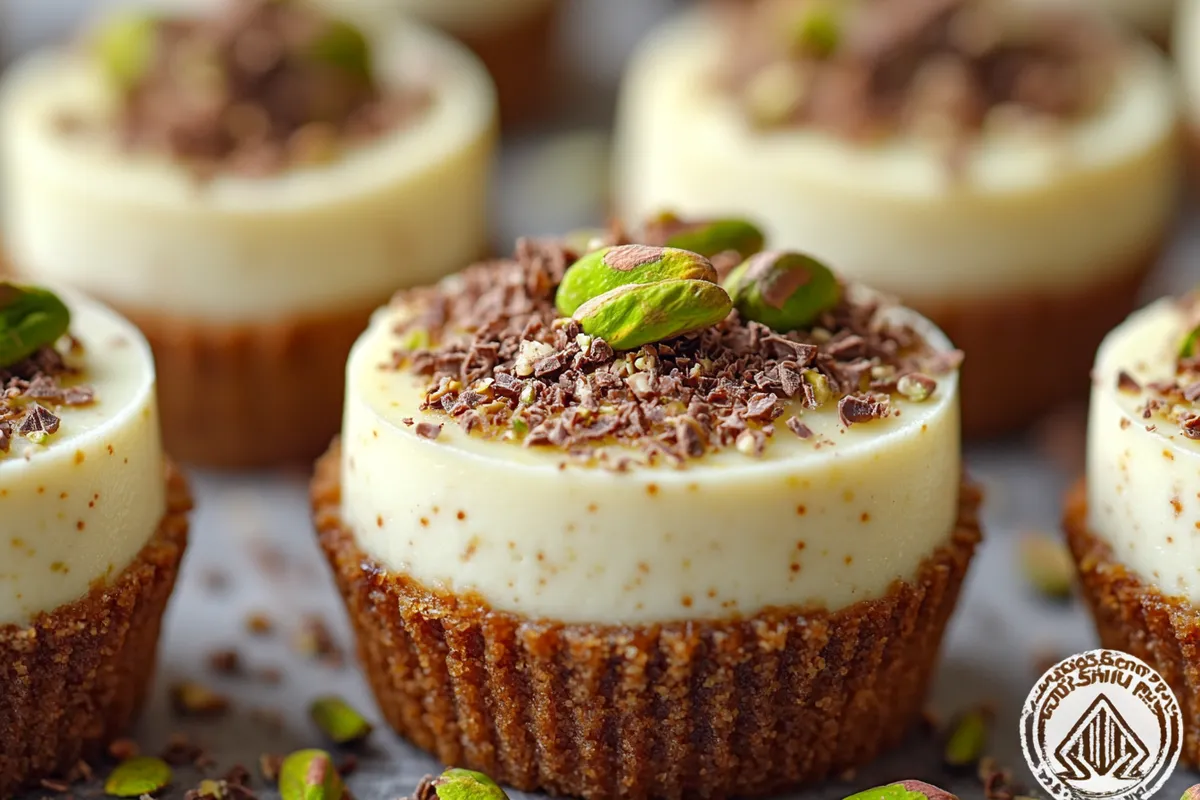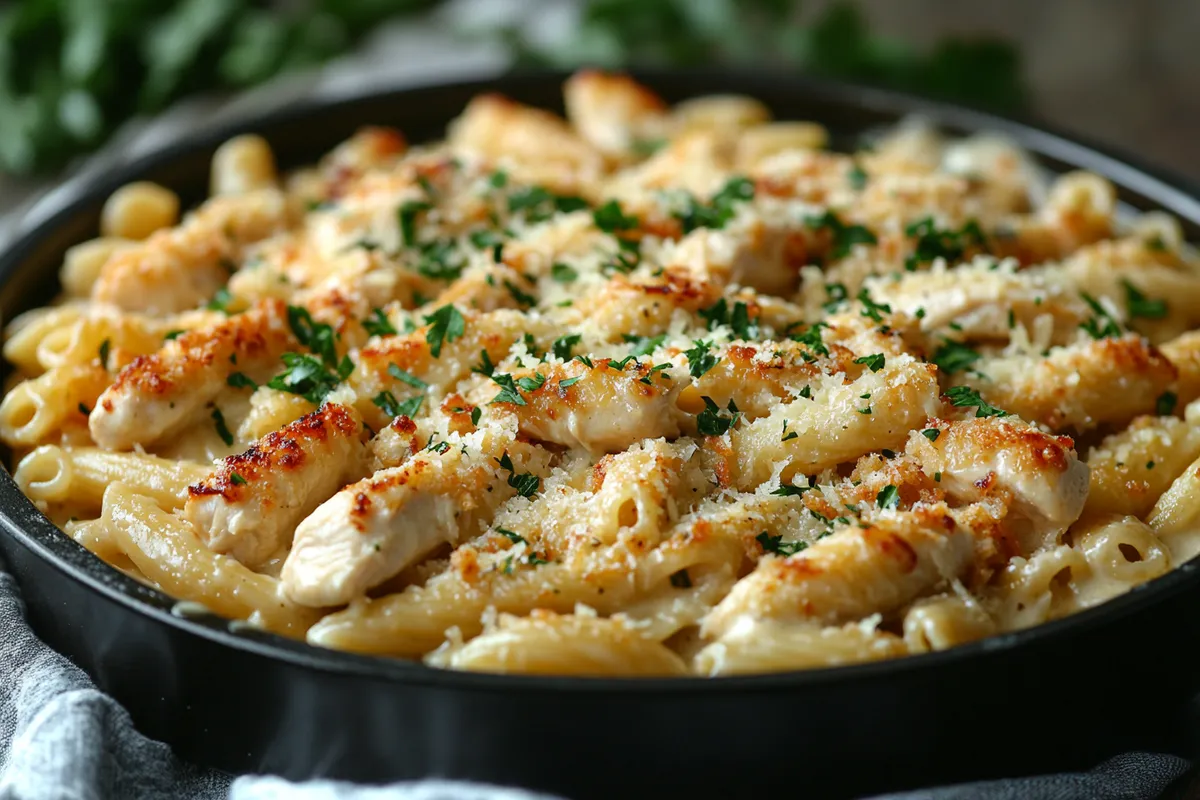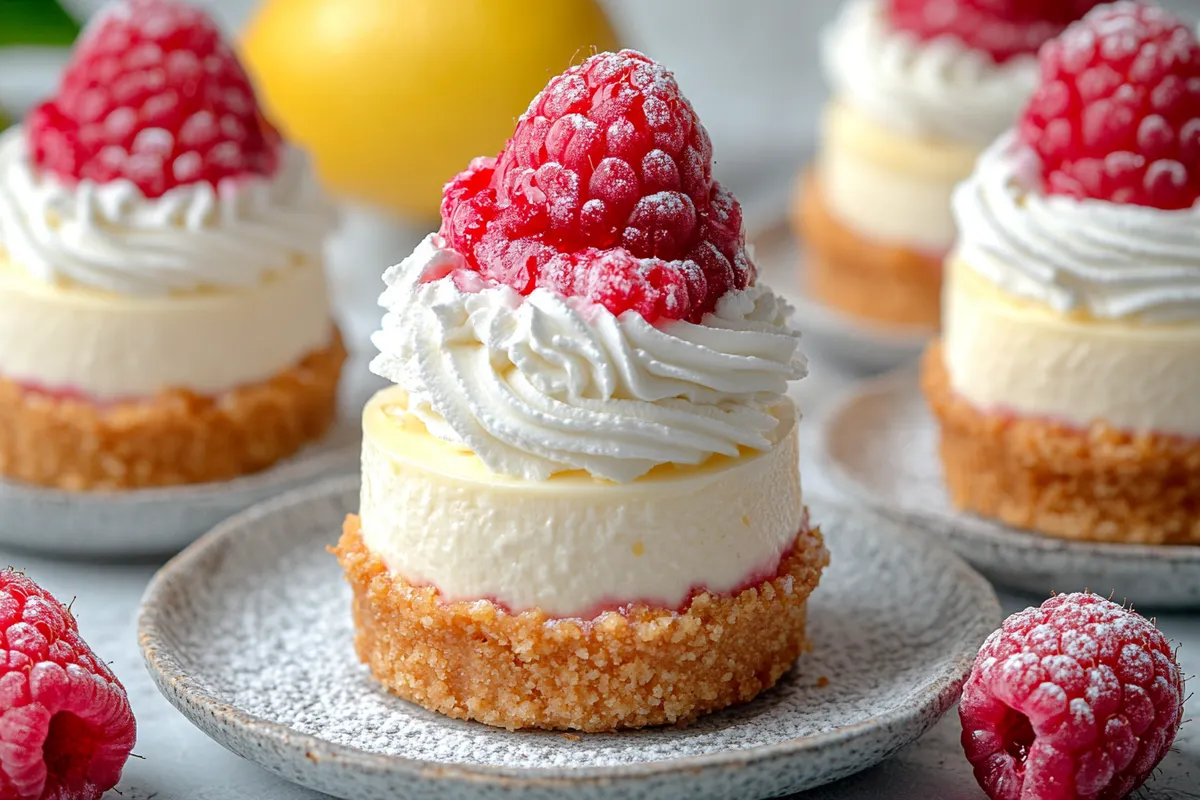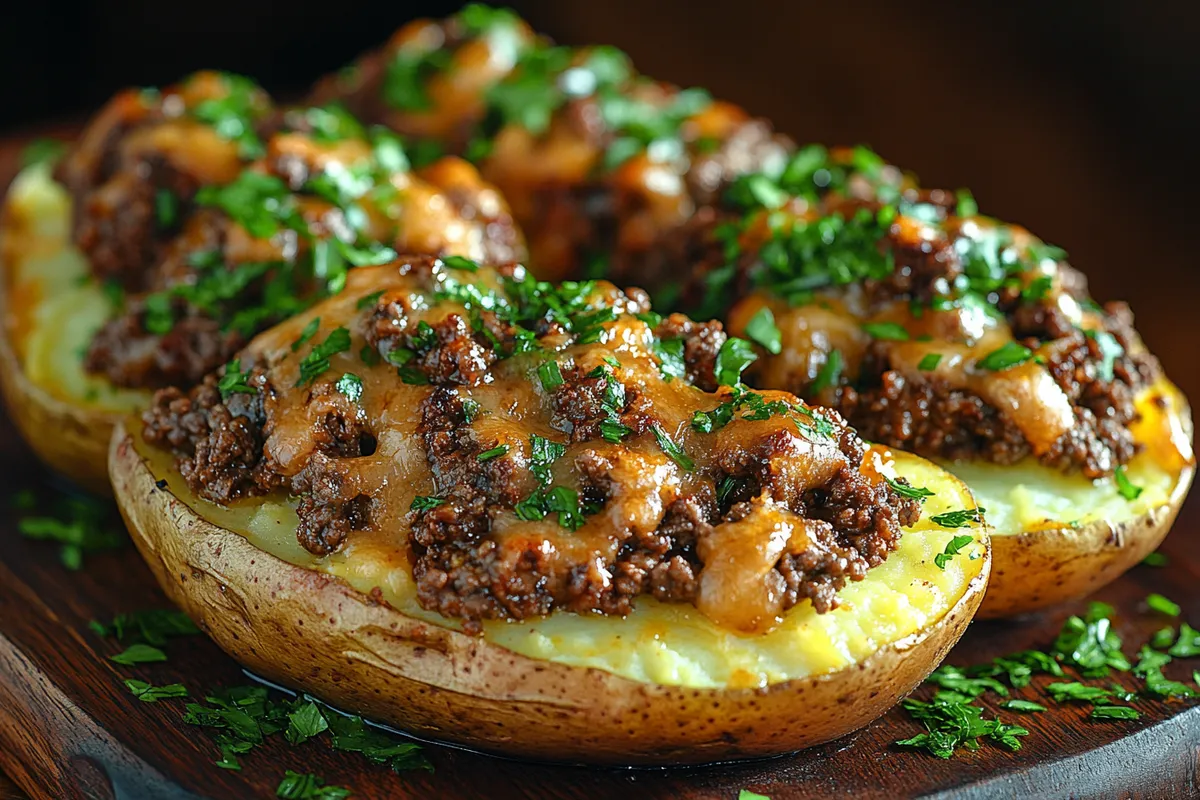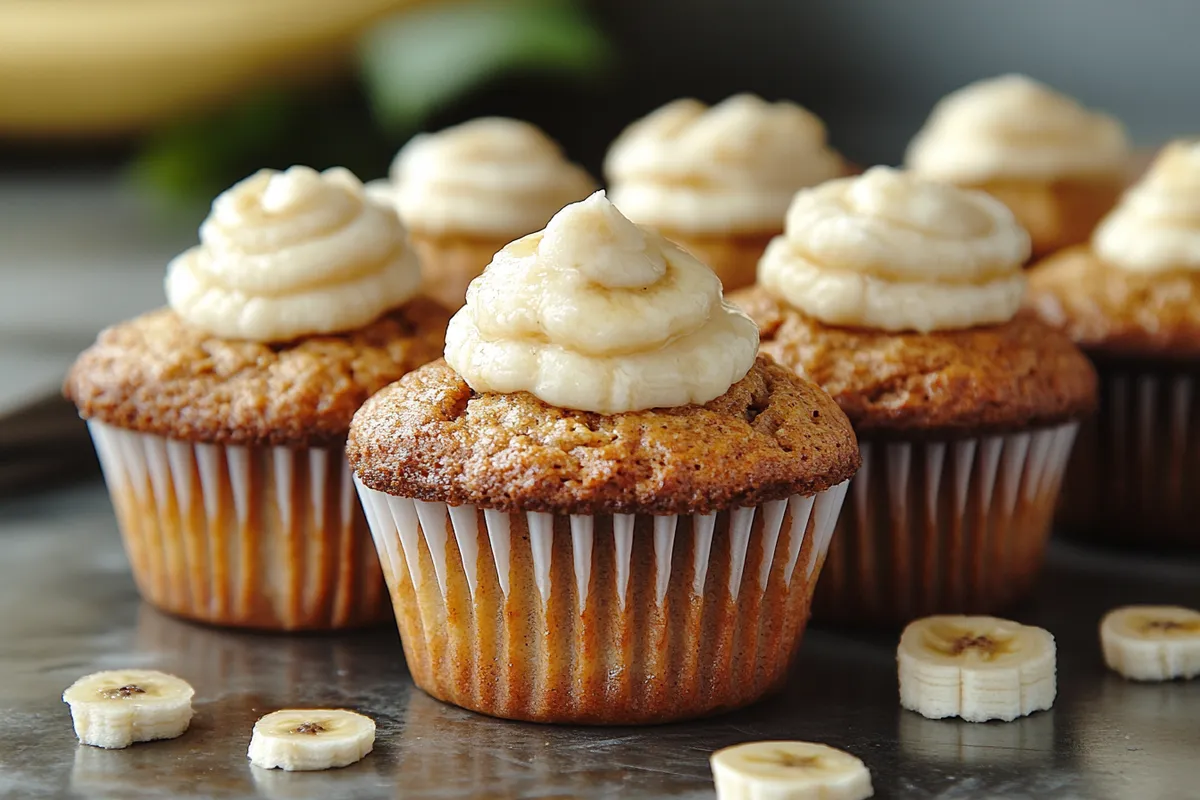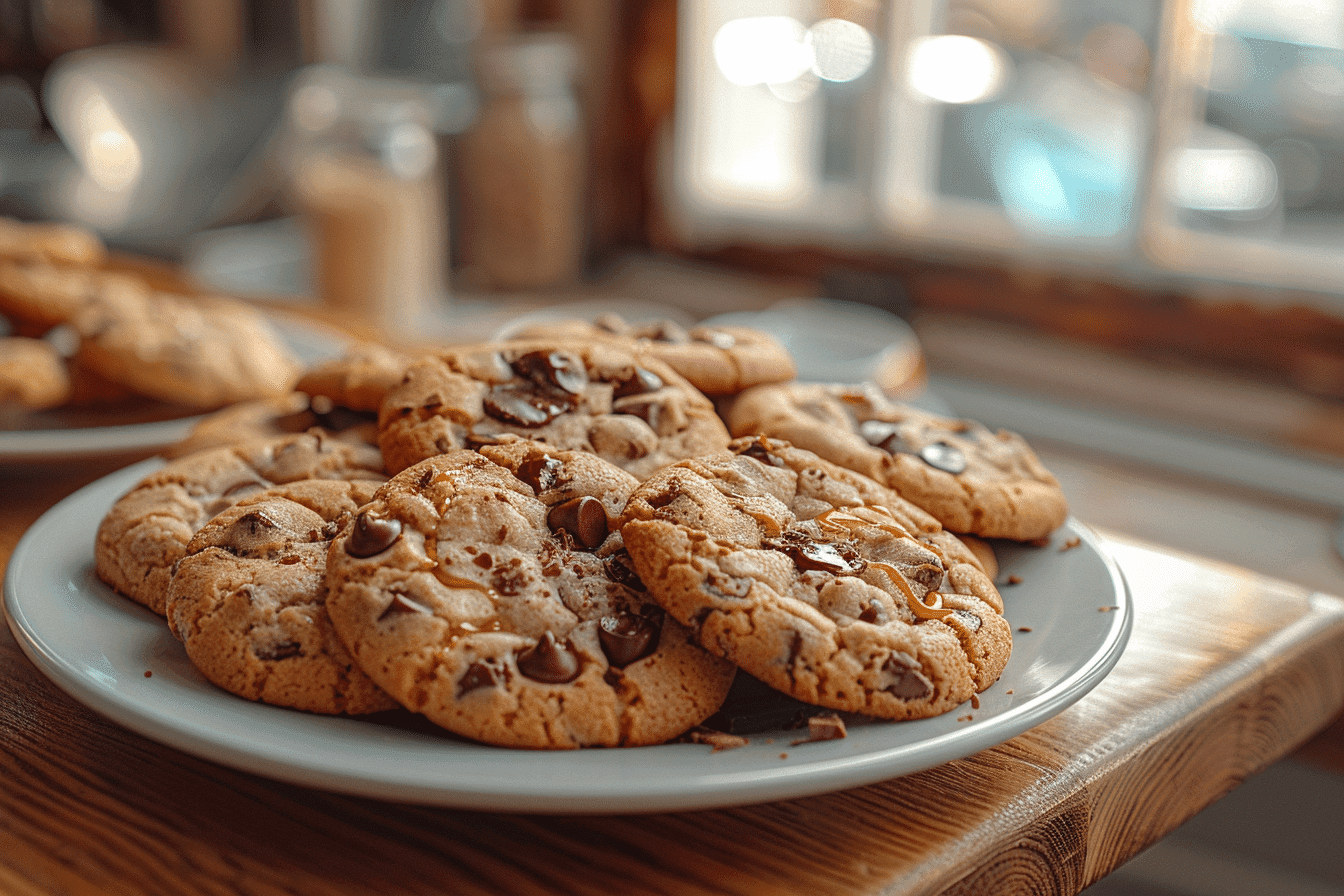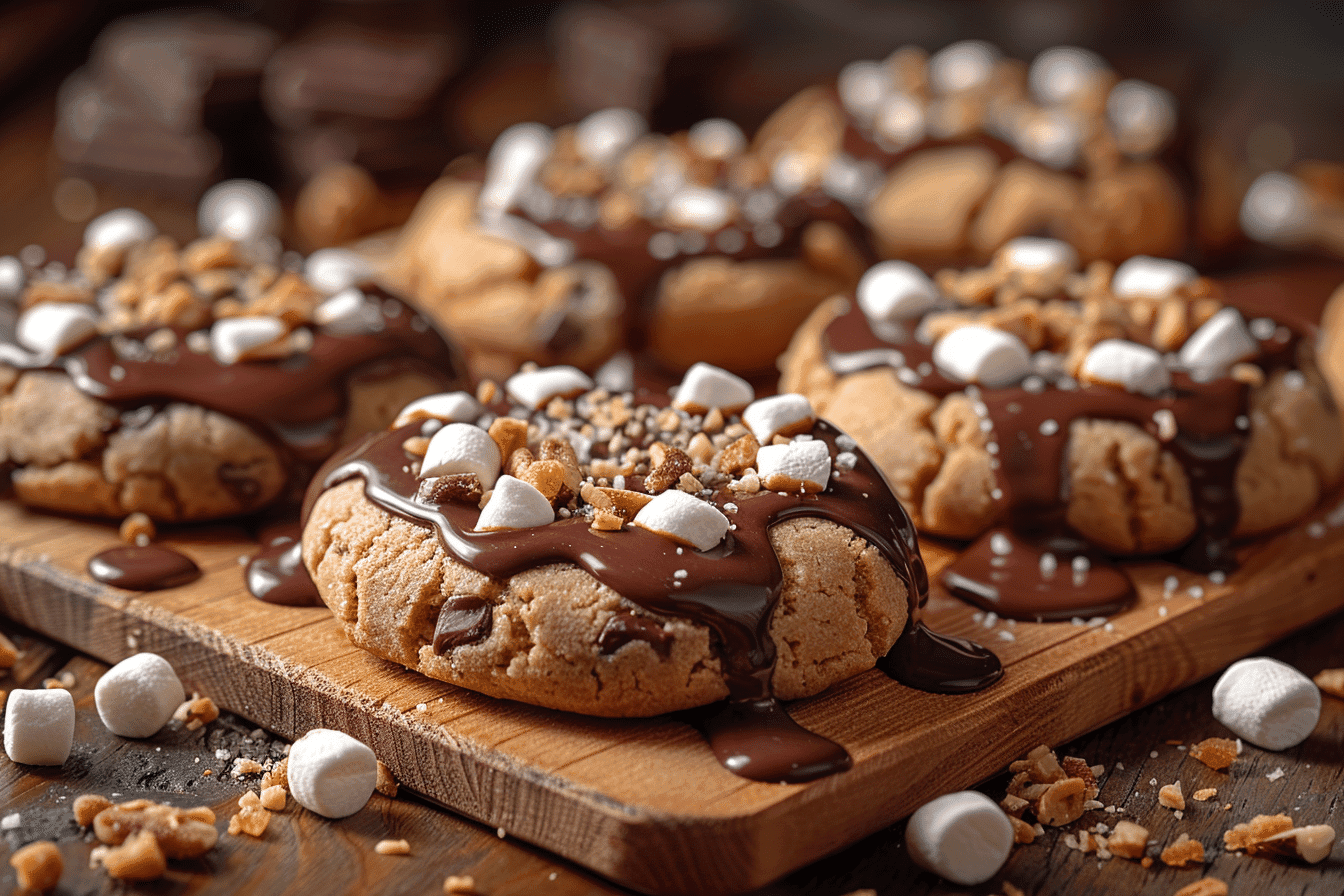A birthday cake is more than just a dessert; it’s the highlight of any birthday celebration. The tradition of blowing out candles and making a wish is a cherished ritual that brings joy to both children and adults alike. Whether you’re planning a grand celebration or a small gathering, choosing the right birthday cake is crucial to making the occasion memorable.
In this comprehensive guide, we’ll explore everything you need to know about birthday cakes, from selecting the perfect flavor and design to ordering and serving your cake. We’ll also dive into the latest trends, tips for customization, and common questions about birthday cakes.
Introduction to Birthday Cakes
The Cultural Significance of Birthday Cakes
Birthday cakes have been an integral part of celebrations for centuries. The tradition of celebrating birthdays with cakes dates back to ancient times when people believed that a cake with candles held mystical powers. Today, birthday cakes are a symbol of joy, love, and togetherness, marking the completion of another year of life.
Choosing the right birthday cake can be a daunting task, especially with the plethora of options available. Whether you’re looking for a classic layer cake or a trendy cupcake tower, it’s essential to find a cake that not only tastes delicious but also reflects the personality and preferences of the birthday person. For those who need inspiration, exploring cake decorating ideas can spark creativity and help you choose a design that stands out.
Popular Types of Birthday Cakes
When it comes to birthday cakes, there’s a wide variety to choose from, each offering unique flavors, designs, and presentations. Here are some of the most popular types of birthday cakes:
1. Traditional Layer Cakes
- Classic and Versatile: Traditional layer cakes are the most popular choice for birthday cakes. These cakes typically consist of two or more layers of cake, separated by frosting or filling. They can be customized with different flavors, colors, and decorations to suit any theme.
- Flavors: Chocolate, vanilla, red velvet, and lemon are among the most common flavors for layer cakes.
- Designs: From simple buttercream frosting to elaborate fondant designs, layer cakes offer endless possibilities for customization.
2. Sheet Cakes
- Perfect for Large Gatherings: Sheet cakes are flat, rectangular cakes that are ideal for large parties. They can serve a big crowd without the need for multiple layers or tiers.
- Simple Yet Delicious: These cakes are often decorated with basic icing and a personalized message, making them a practical and budget-friendly option.
- Customization: Sheet cakes can be customized with different flavors and decorations to match the party theme.
3. Cupcake Towers
- Modern and Fun: Cupcake towers are a trendy alternative to traditional birthday cakes. They consist of multiple cupcakes arranged in a tiered structure, making them perfect for parties where guests might prefer individual servings.
- Variety of Flavors: Cupcakes allow for a variety of flavors, so guests can choose their favorite. Popular options include chocolate, vanilla, and red velvet.
- Decoration Options: Each cupcake can be individually decorated to create a cohesive look that matches the party theme.
4. Ice Cream Cakes
- Ideal for Summer Celebrations: Ice cream cakes combine the best of both worlds—cake and ice cream. These cakes are typically layered with ice cream and cake, making them a refreshing treat for warm-weather birthdays.
- Flavors and Toppings: Popular flavors include cookies and cream, chocolate, and mint chocolate chip. Toppings such as sprinkles, chocolate sauce, and whipped cream add an extra layer of indulgence.
- Storage: Keep in mind that ice cream cakes need to be stored in the freezer until it’s time to serve.
5. Custom Themed Cakes
- Personalized and Unique: Custom themed cakes are designed to reflect the interests or personality of the birthday person. Whether it’s a superhero-themed cake for a child or an elegant floral design for an adult, these cakes are sure to impress.
- Fondant vs. Buttercream: Fondant allows for intricate designs and smooth finishes, while buttercream offers a more traditional, creamy texture.
- Popular Themes: Some popular themes include sports, animals, favorite characters, and hobbies.
Choosing the Right Birthday Cake Flavor
One of the most important aspects of selecting a birthday cake is choosing the right flavor. The flavor should appeal to the birthday person as well as the guests. Here’s a guide to help you decide:
1. Classic Flavors
- Chocolate: A universally loved flavor, chocolate cakes are rich, indulgent, and perfect for any age group. Whether it’s a classic chocolate layer cake or a decadent chocolate mousse cake, this flavor is always a hit.
- Vanilla: Light and versatile, vanilla cakes are a safe choice that pairs well with various fillings and frostings. Vanilla’s subtle flavor makes it an excellent base for more complex toppings and decorations.
- Red Velvet: Known for its striking red color and mild cocoa flavor, red velvet cake is a sophisticated choice that pairs beautifully with cream cheese frosting.
2. Unique Flavors
- Matcha: A green tea-flavored cake that’s slightly bitter yet sweet, offering a sophisticated taste. Matcha cakes are often paired with white chocolate or cream cheese frosting to balance the flavors.
- Lemon: Zesty and refreshing, lemon cakes are perfect for spring and summer birthdays. The tartness of the lemon pairs well with a sweet buttercream or cream cheese frosting.
- Salted Caramel: A combination of sweet and salty flavors that adds a modern twist to traditional cakes. Salted caramel cakes are often paired with chocolate or vanilla bases and topped with caramel drizzle.
3. Allergy-Friendly Options
If you have guests with dietary restrictions, offering allergy-friendly options is a thoughtful gesture:
- Gluten-Free: Gluten-free cakes are made with alternative flours such as almond, coconut, or rice flour. These cakes can be just as delicious as traditional cakes, with a slightly different texture.
- Dairy-Free: For those who are lactose intolerant or vegan, dairy-free cakes use plant-based alternatives like almond milk, coconut cream, and vegan butter.
- Nut-Free: Nut allergies are common, so it’s essential to ensure the cake is made without any nuts. Many bakeries offer nut-free options or can customize a cake to meet this requirement.
The Role of Decorations in Birthday Cakes
Decorations play a significant role in transforming a cake from ordinary to extraordinary. Whether you prefer a simple design or an elaborate masterpiece, decorations can elevate your birthday cake to the next level.
1. Simple Decorations
- Minimalist Designs: A clean, simple design with smooth frosting and minimal embellishments can be both elegant and timeless. This style is perfect for those who prefer understated elegance.
- Edible Flowers: Adding fresh or edible flowers to a cake creates a natural, beautiful look that’s perfect for spring and summer celebrations. Flowers like roses, violets, and pansies are popular choices.
- Basic Icing: A smooth layer of icing with a piped message or border can be just as effective as more elaborate designs. Buttercream or cream cheese frosting works well for this approach.
2. Elaborate Decorations
- Fondant Sculptures: Fondant is a versatile material that allows bakers to create intricate shapes and characters, making it perfect for themed cakes. Whether it’s a 3D figure or a detailed scene, fondant can bring any idea to life.
- Intricate Piping: Delicate piping work can add texture and detail to your cake, from flowers to lace patterns. Royal icing is often used for detailed piping work.
- Themed Designs: From superheroes to princesses, themed cakes are a hit with kids and adults alike. Popular themes include sports, animals, and favorite characters.
3. DIY vs. Professional Decorations
- DIY Decorations: If you’re crafty and have the time, you might enjoy decorating the cake yourself. It’s a cost-effective option and allows for personal touches. You can experiment with different icing techniques, colors, and toppers.
- Professional Decorations: For more complex designs, hiring a professional ensures that the cake looks polished and meets your expectations. Professional decorators have the skills and tools to create intricate designs that might be challenging to achieve at home.
4. Trends in Cake Decorating
- Geode Cakes: Cakes decorated to look like geodes with crystal formations are visually stunning and trendy. These cakes often feature a rock candy center and edible gold accents.
- Drip Cakes: Drip cakes feature a drip effect using chocolate or colored ganache, adding a modern twist to traditional cakes. The drip can be accented with sprinkles, flowers, or fruit.
- Metallic Accents: Using gold or silver leaf, metallic accents can give your cake a luxurious look. Metallics are often used on wedding cakes, but they’re becoming increasingly popular for birthday cakes as well.
How to Order a Birthday Cake
Once you’ve decided on the type, flavor, and design of your cake, the next step is ordering it. Here are the options for ordering a birthday cake:
1. Ordering from a Local Bakery
- Research Local Bakeries: Start by looking for bakeries with positive reviews, especially those known for their cake-making skills. If you’re unsure about what size to order, refer to this guide to choose the right size for your party.
- Discuss Your Needs: Visit or call the bakery to discuss your specific needs, including flavors, design, and dietary requirements. Don’t be afraid to ask for a tasting if you’re undecided.
- Place Your Order Early: Bakeries often need at least a week’s notice, especially for custom cakes. Make sure to place your order well in advance to avoid any last-minute stress.
2. Ordering Online
- Find Reliable Online Bakeries: Many reputable bakeries offer online ordering and delivery services. Ensure they can deliver to your location and check customer reviews for reliability.
- Customization Options: Most online bakeries offer some level of customization, so be clear about your preferences when placing your order. Confirm all details to ensure there are no surprises.
- Consider Delivery: If you’re ordering online, factor in the delivery time and any potential shipping delays. Make sure someone is available to receive the cake when it arrives.
3. DIY Birthday Cakes
- Benefits of DIY: Making your own cake can be rewarding and cost-effective. It also allows you to experiment with flavors and designs to create something truly unique.
- Basic Tools Needed: Ensure you have the necessary tools, such as cake pans, mixers, and decorating supplies. A turntable, piping bags, and offset spatula are helpful for decorating.
- Beginner-Friendly Recipes: Start with a simple recipe if you’re new to baking. Vanilla or chocolate cakes are usually the easiest to make, and they can be dressed up with different fillings and frostings.
Planning the Perfect Birthday Cake for Your Event
Planning the perfect birthday cake involves more than just choosing the cake itself; it’s about ensuring that the cake fits seamlessly into your celebration.
1. Determining the Right Size
- Guest Count: Estimate the number of guests to determine the size of the cake. Use guides like this one to help you choose the right size. Generally, a 9-inch round cake serves about 20 people.
- Cake Tiers: Consider the number of tiers based on your guest count. A two-tier cake usually serves 20-30 people, while a three-tier cake can serve 50-75.
- Serving Sizes: Decide if you want large or small slices, as this will impact the size of the cake you need. If you’re serving other desserts, smaller slices might be sufficient.
2. Budgeting for Your Cake
- Factors That Affect Cost: Size, complexity of design, and ingredients all impact the cost of your cake. Custom designs, fondant work, and premium ingredients can increase the price.
- Setting a Budget: Determine your budget before you start looking for cakes, and let your baker know what you’re willing to spend. Be realistic about what’s achievable within your budget.
- Cost-Saving Tips: Opt for a simpler design, smaller size, or fewer tiers to stay within your budget. You can also consider using a faux cake for display and serving a simpler sheet cake.
3. Coordinating the Cake with the Party Theme
- Matching Colors: Choose cake colors that match your party theme or décor. Work with your baker to create a cohesive look.
- Design Consistency: Ensure that the cake design complements other elements of the party, such as invitations, decorations, and table settings.
- Flavor Coordination: Select a flavor that aligns with the theme, such as a tropical fruit cake for a luau-themed party or a rich chocolate cake for a winter celebration.
4. Timing the Cake Cutting
- Best Practices: Cut the cake at a time when guests are ready to eat, typically after the meal or during a lull in activities. Consider making the cake cutting a featured moment in the celebration.
- Logistics: Ensure that you have the necessary tools, like a cake knife and server, ready when it’s time to cut the cake. Make sure the cake table is in a prominent location for photos.
- Photo Opportunities: Plan the cake cutting as a key moment for photos, especially if it’s a significant milestone like a first birthday. Coordinate with your photographer to capture the moment.
Serving and Storing Birthday Cake
Once the cake is cut, it’s essential to serve and store it properly to ensure everyone enjoys it.
1. How to Cut a Birthday Cake Properly
- Cutting Techniques: Use a long, sharp knife to make clean cuts. For round cakes, cut a circle in the center and slice from there. For sheet cakes, use a grid pattern to create even squares.
- Serving Sizes: Decide on the serving size before you start cutting. Smaller slices work well if you have multiple desserts or a large guest count.
- Presentation: Serve each slice with a garnish, such as fresh berries, a sprig of mint, or a dollop of whipped cream, for added flair.
2. Serving Suggestions
- Pairing with Beverages: Offer beverages that complement the cake flavor, such as coffee or hot chocolate with a rich chocolate cake, or tea with a light vanilla or lemon cake.
- Adding Ice Cream: Serve cake with a scoop of ice cream for an indulgent treat. Choose an ice cream flavor that complements the cake, such as vanilla ice cream with fruit-flavored cakes.
- Decorative Toppings: Consider adding fresh fruit, edible flowers, or chocolate shavings to each plate for a decorative touch. These small details can enhance the presentation and flavor.
3. Storing Leftover Cake
- Room Temperature vs. Refrigeration: Most cakes can be stored at room temperature for a day or two, but cakes with perishable fillings or frostings should be refrigerated. If refrigerating, cover the cake with plastic wrap to prevent it from drying out.
- Proper Wrapping: Wrap leftover cake in plastic wrap or store in an airtight container to keep it fresh. Place a layer of parchment paper between cake slices to prevent them from sticking together.
- Freezing for Later: If you have a lot of leftover cake, consider freezing it. Slice the cake, wrap each piece individually in plastic wrap, and store in a freezer-safe container. Cakes can typically be frozen for up to three months.
FAQs about Birthday Cakes
1. What’s the Most Popular Birthday Cake Flavor?
The most popular birthday cake flavor varies by region and personal preference, but chocolate and vanilla remain timeless favorites. Chocolate’s rich, decadent taste makes it a hit with all age groups, while vanilla’s versatility allows it to pair well with various fillings and frostings. Red velvet and lemon are also popular choices for those seeking something unique yet crowd-pleasing.
2. How Far in Advance Should I Order a Birthday Cake?
It’s best to order a birthday cake at least a week in advance, especially if you’re looking for a custom design. Some bakeries may require even more time during busy seasons, so it’s always a good idea to check with the bakery as soon as possible. If you’re planning a wedding or large event, consider placing your order several months in advance to secure your date and design.
3. Can I Freeze a Birthday Cake?
Yes, birthday cakes can be frozen. To do this, wrap the cake tightly in plastic wrap and then in aluminum foil. Store it in the freezer for up to three months. When you’re ready to serve, let it thaw in the refrigerator overnight. Freezing is particularly useful if you want to save the top tier of a wedding cake or if you have leftover slices that you want to enjoy later.
4. What Are Some Healthy Birthday Cake Alternatives?
For those seeking healthier options, consider cakes made with whole grains, natural sweeteners, or reduced-fat ingredients. Gluten-free and vegan cakes are also popular alternatives. Additionally, fruit-based cakes or yogurt parfaits can serve as lighter options. You can also opt for smaller portions, such as mini cakes or cupcakes, to control serving sizes.
5. How Can I Transport a Birthday Cake Safely?
Transporting a birthday cake requires careful handling. Place the cake in a sturdy box that’s the right size to prevent it from sliding around. Keep the cake flat in the car, preferably in the trunk or on the floor, to avoid any tipping. If the weather is warm, ensure the cake is kept cool to prevent melting. Consider using a cake carrier or cooler for added protection.
Conclusion and Final Tips for Choosing the Perfect Birthday Cake
Choosing the perfect birthday cake involves balancing taste, design, and practicality. Whether you’re ordering from a local bakery or making it yourself, the key is to consider the preferences of the birthday person and the needs of your guests. Remember to plan ahead, especially if you’re looking for a custom cake, and don’t be afraid to get creative with flavors and decorations.
A well-chosen birthday cake will not only satisfy your guests’ sweet tooth but also serve as a memorable centerpiece for your celebration. With the tips and ideas provided in this guide, you’re now ready to select, order, or bake the perfect birthday cake for your next event.

